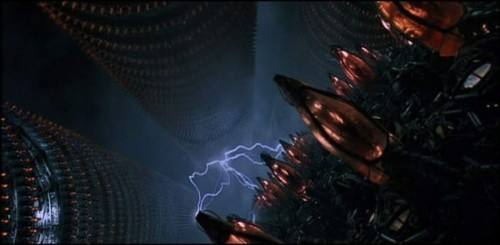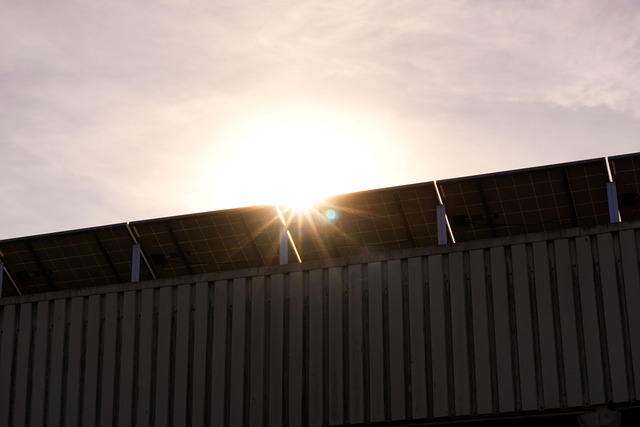How do you know about freezing lithium-ion battery?
Jul 26, 2019 Pageview:1089
Lithium-particle batteries are highly popular nowadays. You can find them in PDAs, laptops, mobile phones, and iPods. They're so basic since, pound for pound, they're probably the most vivacious rechargeable batteries accessible.
Lithium-particle batteries have also been in the news of late. That is on the grounds that these batteries can blast into flares sometimes. It's not exceptionally common, only a few battery packs for each million have an issue, but when it occurs, it's extreme and huge. In certain circumstances, the failure rate can rise, and when that happens you end up with an overall battery review that can cost makers a huge number of dollars.
How Lithium-ion Batteries Work?
Similarly, as with most batteries, you have an external case made of metal. The utilization of metal is especially significant here in light of the fact that the battery is pressurized. This metal case has some sort of weight delicate vent opening. On the off chance that the battery ever gets so hot that it dangers detonating from over-weight, this vent will discharge the additional pressure. The battery will most likely be useless a while later, so this is something to maintain a strategic distance from. The vent is carefully there as a safety measure. So is the Positive Temperature Coefficient switch, a gadget that should shield the battery from overheating.
Inside the case, these sheets are submerged in a natural dissolvable that goes about as the electrolyte. Ether is one normal dissolvable. The separator is a dainty sheet of microperforated plastic. As the name suggests, it isolates the positive and negative terminals while enabling particles to go through. The positive anode is made of lithium cobalt oxide or LiCoO2. The negative cathode is made of carbon. At the point when the battery charges, particles of lithium travel through the electrolyte from the positive anode to the negative terminal and connect to the carbon. During the discharge, the lithium particles move back to the LiCoO2 from the carbon.
The development of these lithium particles occurs at a genuinely high voltage, so every cell produces 3.7 volts. This is a lot higher than the 1.5 volts run of the mill of a typical antacid cell that you purchase at the grocery store and helps make lithium-particle batteries progressively reduced in little gadgets like phones.
What can you do for freezing lithium-ion battery?
In the case when you have to use the freezing lithium-ion battery, you first stabilize its temperature by putting it into a normal environment. Keep it out of the freezing state so that it’s charging and discharging properties can properly work out. If it takes too much time, then you should wait for it and start to use it when it completely recovers its state.
How does cold affect lithium-ion batteries?
As winter sets in and the climate getting colder, people want to know how their batteries perform in a winter climate, and what steps should be taken to look after them. All batteries will perform ineffectively in cold climate, whether they are lead-acid or lithium-ion. Truth be told, a lithium battery will even now beat a similarly measured lead-acid when the temperature drops. Nonetheless, since the vast majority attempt to run the littlest and lightest lithium battery conceivable, there are a few things to know about.
For a day by day driven vehicle, no additional effort is required. On a freezing morning, in any case, one may find that the wrenching performance of the battery isn't as solid as usual. On the off chance that it is freezing and the vehicle has been sitting for some time, the vehicle probably won't wrench quick enough to begin. This does not imply that your battery is dead. Basically, turn on the headlights or back defroster for a couple of minutes to empty some vitality out of the battery. Therefore, the battery will heat up inside and increase enough juice to begin the vehicle.
This is important at exceptionally low temperatures because doing this once on cool mornings, the battery remains warm enough to wrench the motor dependably for the remainder of the day. This trap will possibly work if the battery is near warm enough to begin the vehicle on the off chance that the battery is excessively cold, at that point you should warm the battery up before use. For racers who store their autos in the off-season, the battery just has to be checked to ensure it is not totally discharged. Helpfully, lithium batteries self-discharge at a much slower rate than customary chemistries.
How do you prolong the lithium-ion battery?
It doesn't take long to realize what helps protect the present charge on the battery. In the case, when your battery has been frozen or go through from some unusual situation, you have to take the following steps:
· Keep your batteries at room temperature
That implies somewhere in the range of 20 and 25 degrees Celcius. The most noticeably awful thing that can happen to a lithium-particle battery is to have a full charge and be exposed to raised or very low temperatures. Don't charge your cell phone's battery in your vehicle if it's hot out or at any space where the temperature is very low. Both situations are the biggest factors with regards to decreasing lithium-particle battery life.
· Think about getting a high-capacity lithium-particle battery
Batteries decay after some time, regardless of whether they're being utilized or not. So an extra battery won't last any longer than the one being used. That’s why it's imperative to remember the aging properties when obtaining batteries
· Allow incomplete Discharge and don’t charge them to full
In contrast to NiCad batteries, lithium-particle batteries don't have a charge memory. That implies profound discharge cycles are not required. Truth be told, it's better for the battery to utilize halfway discharge cycles because constant incomplete discharge makes a condition that diminishes the accuracy of the gadget's capacity measure. So, let the battery discharge to some cut-off point and afterward start to charge.
So, consider all the above-described aspects and make sure to use the lithium-ion battery in a better way if you find it in any uncommon state like freezing.
- Prev Article: Do you know about antigravity lithium battery?
- Next Article: How much do you know about the best deal on lipo batteries?
Leave Message
Hottest Categories
-
Hottest Industry News
-
Latest Industry News











